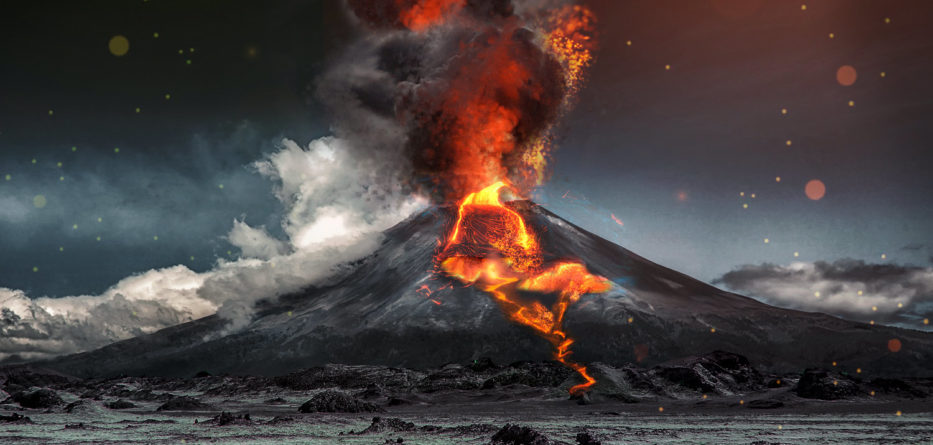Nuevo Parangaricutiro, Mexico – Mexico has its own version of Pompeii in the western state of Michoacan, where the ruins of a church mark the site where the village of San Juan Parangaricutiro stood before it was buried by ash and lava from the Paricutin Volcano, the world’s youngest fire mountain.
Like southern Italy’s Vesuvius, which along with Pompeii wiped away the towns of Herculaneum and other villages when it erupted in AD 79, Paritucin buried the town from which it took its name along with San Juan Parangaricutiro when it burst into existence in 1943.
But, in contrast to the huge Italian volcano, which probably killed thousands when it blew – although the exact casualty count will forever be unknown – the Mexican volcano caused no fatalities during its spectacular birth, since local residents managed to leave the area before the lava flowed into the village a few days later.
Currently, the site where San Juan Parangaricutiro stood is a tourist attraction, a barren, lava-covered area except for the ruins of the church, the bell tower, part of the facade and an altar of which survived and where people now come to pray and light candles.
Francisco Lazaro, 95, uses a cane to walk among the volcanic rocks, telling visitors the story of the volcano’s birth.
In a shaky voice, this member of the Purepecha Indian people told EFE on Sunday in Spanish that more than a month before the eruption there had been earthquakes in the area and then a large fissure opened up in the Earth and kept growing for two or three days.
Finally, on the afternoon of Feb. 20, 1943, the ground began to rise into a volcanic cone some 424 meters (1,391 feet) high.
“There was no rumbling, and we didn’t see any ash. When it stopped, the volcano was born,” Lazaro – who at the time was 18 – said, recalling that at 9 pm that same night the volcano “rumbled, expelled (gases) and glowed.”
“That’s why people ran, out of fear. They didn’t even lock up their houses, or even grab anything,” he said.
He said that a neighbor told the people it was the end of the world. That person “didn’t know that a volcano had been born,” Lazaro added.
Nine days after the new volcanic dome appeared, it erupted, burying San Juan Parangaricutiro and Paricutin.
Paricutin is one of Mexico’s some 3,000 volcanoes that have erupted just once and then become – at least temporarily – dormant.
A 2016 study by Mexico’s National Autonomous University (UNAM) found that Paricutin’s eruption was the longest, “lasting for nine years.”
Standing 3,170 meters high, Paricutin’s eruption ended on March 4, 1952, with the lava that issued from it covering an area of 40 square kilometers (15.4 square miles).
The volcano stands in one of Mexico’s most dangerous zones – the Michoacan-Guanajuato field, where some 1,000 volcanoes are located, and the Chichinautzin mountains.
According to UNAM, Mexico currently has 12 active volcanoes, including Colima and Popocatepetl, all of which frequently emit smoke and gas, the former spewing lava and pyroclastic material in 2015.






